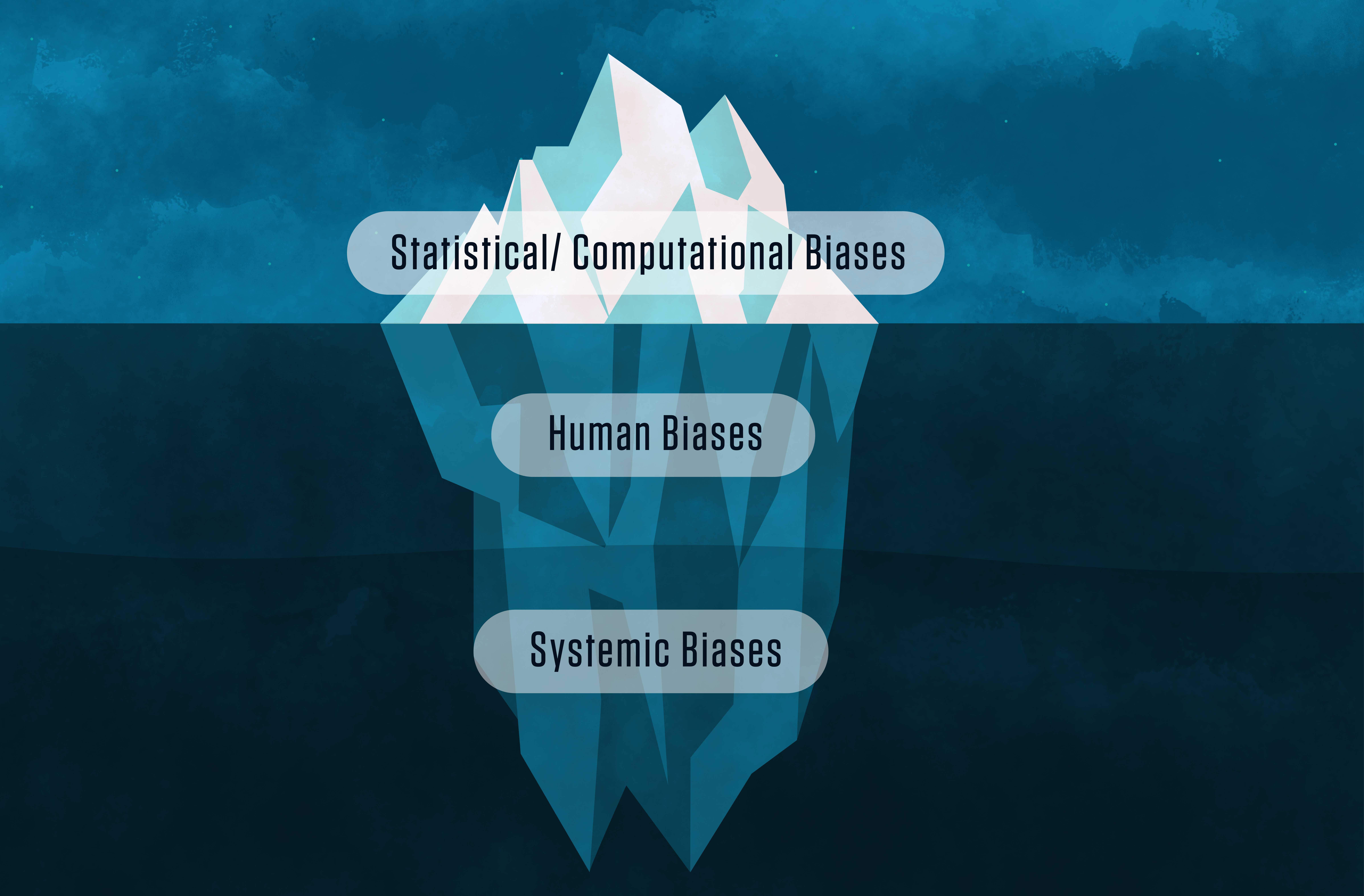2022-03-29 フィンランド・アールト大学
・アールト大学の音響学研究者は、それまでのすべての測定方法に代わって20年間使用されてきた最も一般的な測定方法であるサインスイープ法を改善する方法を発見しました。
・サインスイープとは、人間の可聴域である20Hzから20,000Hzまで対数的に周波数を変化させ反響を測定し、部屋の音響特性を検査するものである。掃引時間はわずか数秒。掃引時間を長くすれば、より多くのエネルギーを部屋に送り込み、他の雑音が測定に影響を与える割合を減らすことができますが、他の妨害や環境の変化の可能性も高くなり、測定に不確実性が加わります。・研究者たちが「2の法則」と呼ぶこの新しい方法では、複数の測定値を用いてこの問題を回避する。2回の測定で清浄度の基準に合格するまでサイン掃引測定を繰り返すことで、自動測定はより良いデータを確実に収集することができる。
<関連情報>
- https://www.aalto.fi/en/news/the-acoustics-of-rooms-can-now-be-measured-better-than-before
- https://asa.scitation.org/doi/10.1121/10.0009915
非定常ノイズ下でのクリーンな掃引サイン測定のロバスト選択 Robust selection of clean swept-sine measurements in non-stationary noise
Karolina Prawda, Sebastian J. Schlecht, and Vesa Välimäki
Journal of the Acoustical SocietyofAmerica
Published Online: 24 March 2022

ABSTRACT
The exponential sine sweep is a commonly used excitation signal in acoustic measurements, which, however, is susceptible to non-stationary noise. This paper shows how to detect contaminated sweep signals and select clean ones based on a procedure called the rule of two, which analyzes repeated sweep measurements. A high correlation between a pair of signals indicates that they are devoid of non-stationary noise. The detection threshold for the correlation is determined based on the energy of background noise and time variance. Not being disturbed by non-stationary events, a median-based method is suggested for reliable background noise energy estimation. The proposed method is shown to detect reliably 95% of impulsive noises and 75% of dropouts in the synthesized sweeps. Tested on a large set of measurements and compared with a previous method, the proposed method is shown to be more robust in detecting various non-stationary disturbances, improving the detection rate by 30 percentage points. The rule-of-two procedure increases the robustness of practical acoustic and audio measurements.



